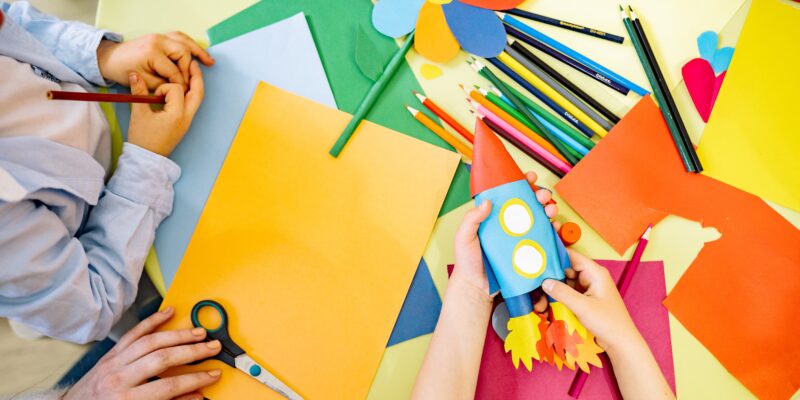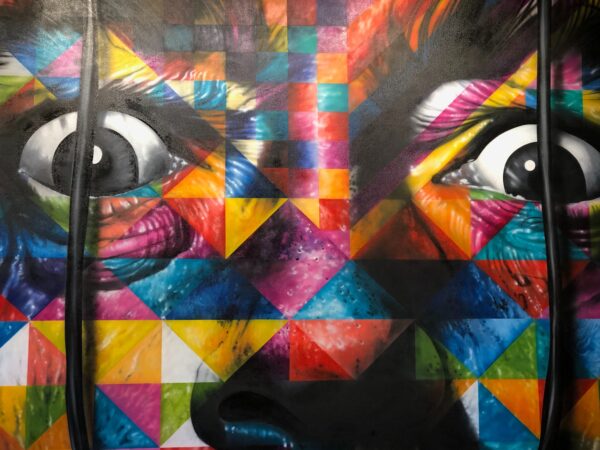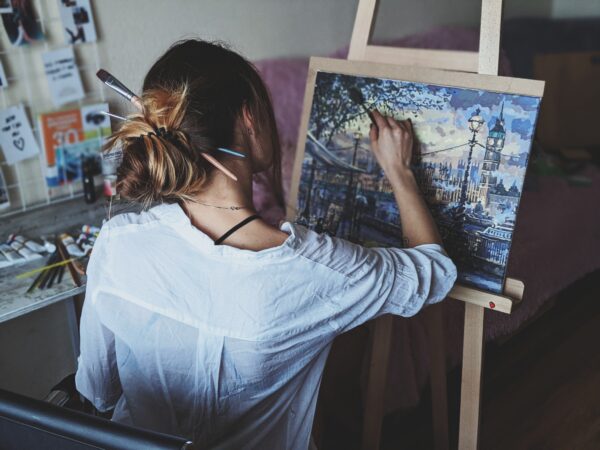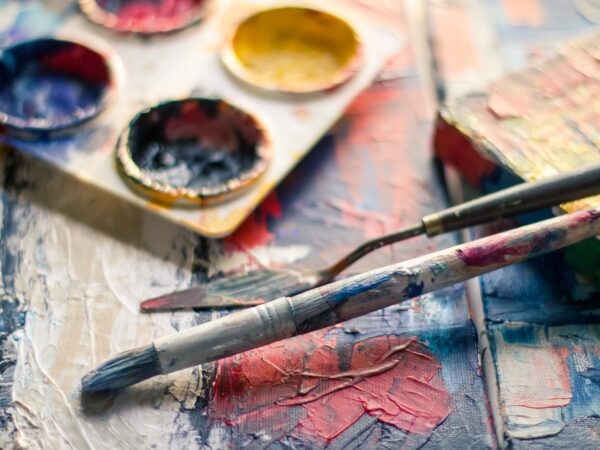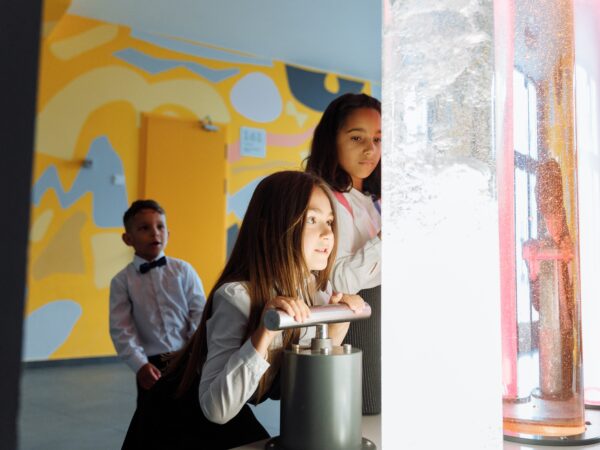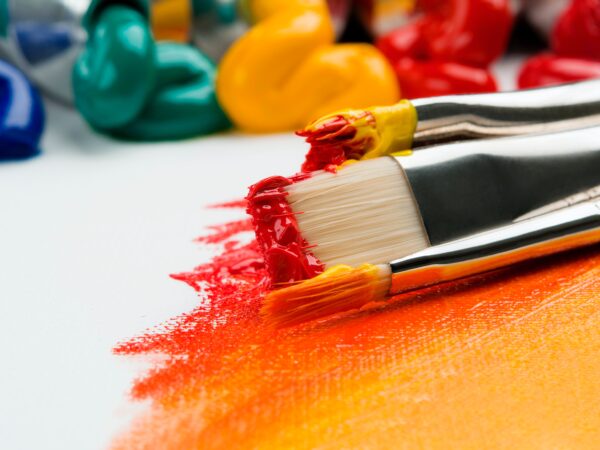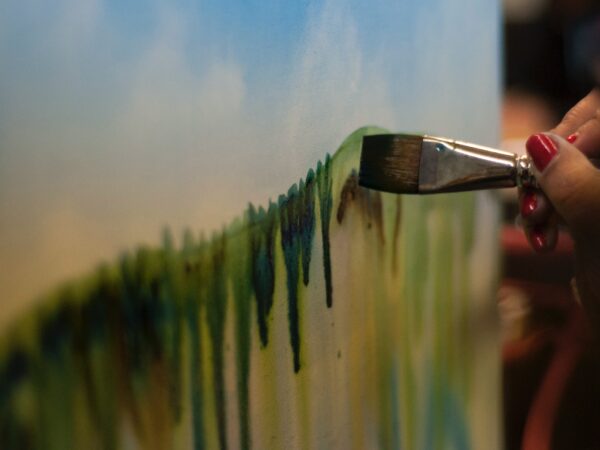Art is an essential element of human civilization. It has been around us for centuries and continues to impact us today. Art is an essential mode of expression that helps people connect with each other and the world. In schools, art education encourages critical thinking and creativity, which are essential aspects of human development. This offers many benefits, but it comes with its unique challenges too.
Art education has changed over time. In the past, it was a luxury rather than a necessity. There were only a few schools that taught art, and it was only available to the elite. At present, art education is more accessible and considered as an essential part of education. The benefits of art education are well known, and numerous programs are available worldwide.
Art Education: The Benefits
Art education offers numerous benefits. Here are some of them:
1. Encourages Creativity and Critical Thinking
It encourages creativity and critical thinking. Art is all about creating something new and unique, and students who learn art are encouraged to think outside the box. It helps develop their imagination and enhances their ability to think critically.
2. Enhances Communication Skills
Art is a language, and learning and practicing it offers students opportunities to express their emotions and thoughts in a creative way. It enhances communication skills, which is an essential aspect of human development.
3. Increases Self-Esteem
Creating art can be a confidence booster for students. When students create something that they are proud of, it can enhance their self-esteem. It encourages a growth mindset, which can transform the student’s approach to other areas of their life.
4. Provides an Outlet for Emotions
Art can be therapeutic, and it can provide a healthy outlet for emotions. Students who struggle with emotional regulation can benefit from creating art. Making art enhances mindfulness and provides a way to deal with emotions in a healthy way.
5. Develops Motor Skills
Art education helps in the development of fine motor skills. Learning how to hold a pencil or brush, cutting, and coloring all facilitate the development of fine motor skills.
6. Enhances Memory Retention
Creating art requires a lot of attention to detail. Students are required to remember the techniques and processes that their art teacher teaches them. This enhances memory retention, which can be beneficial for students in other areas of their life.
Art Education: The Challenges
Art education comes with its unique challenges. Here are some of them:
1. Funding
One of the significant challenges of education is funding. Art education requires materials, tools, and a specialized curriculum. School budgets are often limited, and funding for art education can be challenging.
2. Lack of Support
Another challenge of education is a lack of support. School administrators, policymakers, and even some parents may not see the value of art education. They may prioritize other subjects such as math and science and not allocate enough resources for art education.
3. Curriculum Design
Designing a curriculum for art can be challenging. Art is a unique subject, and designing a curriculum that meets the needs of diverse students can be demanding. Art teachers must consider the varying abilities and skills of their students while creating a curriculum that is engaging, informative, and stimulating.
4. Accessibility
Another challenge of art is accessibility. Not all students have access to art education. Some students may come from areas where it is not available, and others may not have the opportunity to attend art classes due to other obligations or financial constraints.
5. Time Constraints
It requires time for creativity and the learning process. Unfortunately, many schools have a packed curriculum, leaving little time for art classes. Students may not have the necessary time to develop their talent and explore their creativity fully.
Conclusion
Art education is essential, and it comes with numerous benefits. Art can enhance critical thinking, communication skills, and creativity, increase self-esteem, provide an outlet for emotions, develop fine motor skills, and enhance memory retention. However, there are challenges to teaching and learning art. The lack of funding, support, accessibility, curriculum design, and time constraints can lead to limited opportunities for students to experience the benefits.
It is essential to recognize the role that education plays in the lives of students. Schools should invest in art programs and provide opportunities for students to express themselves creatively. It is an essential part of human development, and it should be accessible to all students. By addressing the challenges of art , we can provide students with an education that caters to their diverse needs and abilities, and encourage them to explore their creativity and unlock their full potential.


